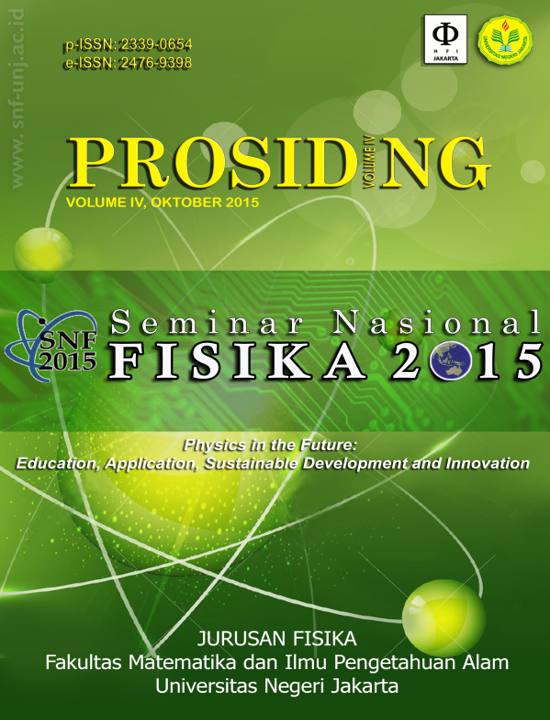IDENTIFIKASI LAPISAN RAWAN LONGSOR MENGGUNAKAN METODE SEISMIK REFRAKSI STUDI KASUS: KAMPUS LAPANGAN LIPI KARANGSAMBUNG
Abstract
A research has been conducted to identificate subsurface layers on the LIPI’s Field Campus in Karangsambung, Kebumen, Java Island, Indonesia for Landslide Disaster Mitigation using Seismic Refraction Method. The data is collected using PASI 16S24-U 24 channel seismograph in a single straight line, 72 meters. In this line we laid 24 receivers with distance between each receivers about 3 meters. The P-wave arrivals data was proccessed using Hagiwara Method. From the this research we acquired informations about 2 upper subsurface layers such as P-wave velocity through each layers, the thickness of the first layer and the assumptions of layer’s materials compositions. The first layer’s velocity is about 388-899 m/s, the first layer’s thickness about 3,36 meters with the density value <1000 kg/m3.. The Second Layer’s velocity about 1663-2237 m/s with the density values about 1000-1500 kg/m3. From the velocity values, we assume that the first layer consisted by unconsolidated, having lot of pores between each grain such as soil, sand and clay, as result from the destruction of main rock structure in weathering zone. In conclusion, the first layer is considered as the landslide layer, that have opportunities to move along the second layer when the heavy rain occured.
Keywords: Karangsambung, Seismic Refraction, PASI, density, Hagiwara Method, Landslide berukuran 9-poin.





